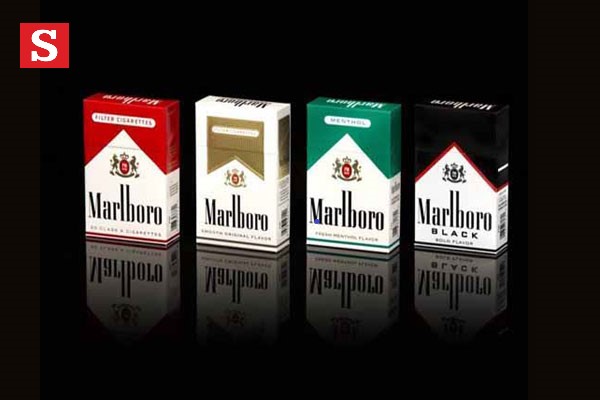Marlboro cigarettes have long been an iconic name in the tobacco industry, symbolizing both bold marketing strategies and ongoing debates about public health. With their globally recognized branding and a complex history, Marlboro’s journey offers valuable insights into the power of advertising and the challenges of balancing business success with societal responsibility.
A Brief History of Marlboro Cigarettes
Marlboro’s origins date back to 1924 when the brand was initially marketed as a cigarette for women. The tagline, “Mild as May,” emphasized their softer image. However, by the 1950s, the company shifted focus toward a broader audience, targeting men with the rugged imagery of the “Marlboro Man.”
This transformation proved to be one of the most successful marketing campaigns in history, establishing Marlboro as the world’s best-selling cigarette brand. Explore the detailed history of this transition through the official Marlboro History PDF.
The Iconic Marlboro Man Campaign
One of Marlboro’s defining moments was the introduction of the Marlboro Man in the mid-20th century. This cowboy character personified strength, freedom, and masculinity, resonating deeply with consumers around the world. The campaign’s success is often attributed to its ability to forge an emotional connection with its audience.
However, the Marlboro Man also drew criticism for glamorizing smoking, leading to concerns about its influence on public health. Learn more about the cultural impact of the campaign on the Marlboro Wikipedia page.
Marlboro’s Influence on the Tobacco Industry
Marlboro cigarettes revolutionized the way tobacco products were marketed and sold. Their contributions to the industry include:
- Innovative Advertising: Marlboro’s campaigns set a benchmark for creativity and effectiveness in brand promotion.
- Product Development: The introduction of flip-top boxes improved convenience and enhanced product appeal.
- Global Expansion: Marlboro leveraged its brand identity to become a leading player in international markets.
Related Keywords and Marlboro’s Controversies
Despite its success, Marlboro has faced substantial criticism over the years, particularly concerning the health risks associated with smoking. Issues include:
- Public Health Concerns: Extensive research has linked smoking to numerous health problems, prompting calls for stricter regulations on advertising and sales.
- Youth Appeal: Marlboro’s marketing tactics, such as using aspirational imagery, have faced allegations of targeting younger audiences.
Governments worldwide continue to introduce measures to curb smoking rates, affecting Marlboro’s ability to market its products freely. For an in-depth analysis of these challenges, visit the official Marlboro website.
The Future of Marlboro in a Changing World
As consumer habits shift and public awareness of smoking’s dangers grows, Marlboro has adapted by exploring reduced-risk products like e-cigarettes and heat-not-burn devices. These innovations aim to mitigate health risks while maintaining the brand’s relevance in a competitive landscape.
Additionally, Marlboro’s parent company, Philip Morris International, has expressed a commitment to a “smoke-free future,” investing in research and technology to support this vision.
Conclusion
Marlboro cigarettes exemplify the duality of groundbreaking marketing and contentious health debates. As the world increasingly prioritizes wellness, Marlboro faces the challenge of redefining itself for the future. By leveraging innovation and addressing societal concerns, the brand continues to influence the tobacco industry on a global scale.
Explore Marlboro’s evolution and impact through these valuable resources:
- Visit their official website for updates on their products.
- Read about the brand’s history on Wikipedia.
- Dive deeper into their advertising legacy with this comprehensive history document.
The Marlboro story offers lessons in innovation, adaptability, and the ongoing responsibility businesses hold in shaping public health narratives.




